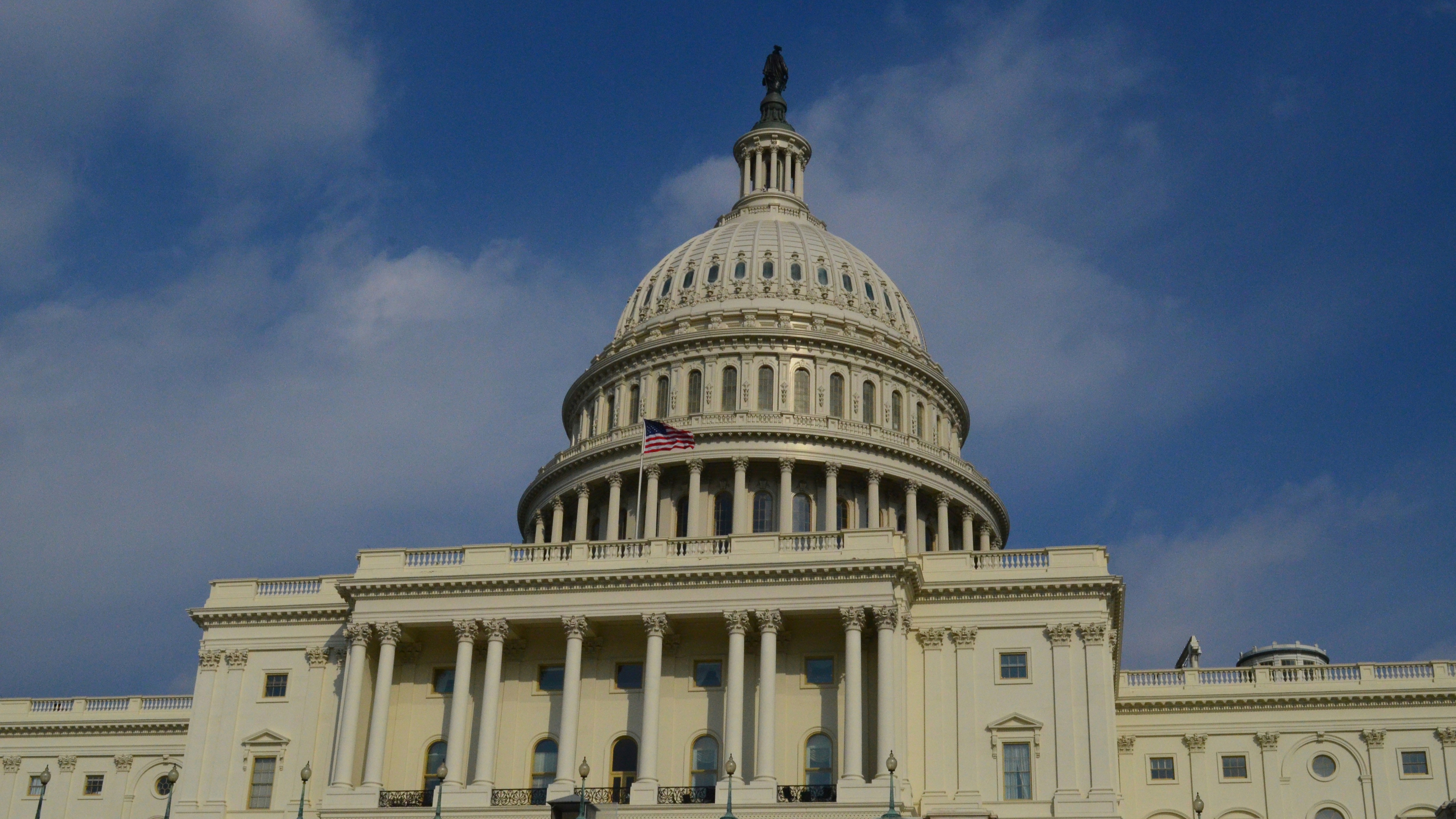
Social media platforms are ablaze with discussion after a prominent influencer brought to light potential "loopholes" within former President Donald Trump's much-debated $100,000 minimum salary requirement for H-1B visas.
This critical analysis has sparked widespread debate among tech professionals, aspiring visa applicants, and immigration policy experts, raising questions about the actual efficacy and potential unintended consequences of the stringent regulation designed to reform the U.S. skilled worker program.
The Trump administration introduced the $100,000 minimum annual salary directive for H-1B visa holders with a clear objective: to prioritize highly paid, highly skilled foreign workers and minimize any perceived competition for American jobs.
This sharp increase from previous wage requirements was intended to ensure that the U.S. immigration system primarily attracted top-tier global talent, discouraging companies from underpaying foreign workers relative to their American counterparts.
Supporters of the rule argue it would elevate the quality of H-1B applications and strengthen the overall integrity of the program by aligning it more closely with domestic labor market standards.
The recent online uproar began when a well-known social media personality, recognized for their commentary on immigration and the technology sector, scrutinized the $100K H-1B rule.
The influencer contended that, despite its strict intent, the policy might contain ambiguities and workarounds that could undermine its goals. Although the specific loopholes highlighted were not fully detailed, common industry concerns include:
These criticisms suggest that, while the policy aims to tighten immigration integrity, it may also produce unintended distortions in how companies recruit and compensate skilled foreign workers.
The influencer’s analysis went viral, igniting intense debate across platforms such as X (formerly Twitter), LinkedIn, and Reddit.
Many users echoed the influencer’s concerns, arguing that the policy reflects a superficial fix that overlooks the structural complexities of U.S. immigration and the realities of global tech labor. Some called for smarter, tiered wage systems that account for industry variations and regional cost differences.
Conversely, others defended the $100K rule as a necessary safeguard to protect American workers and ensure that only the most qualified and well-compensated professionals secure H-1B visas.
This polarized discourse highlights how immigration policy remains a flashpoint—shaping not only labor markets but also public sentiment about globalization, fairness, and economic opportunity.
The influencer-driven controversy underscores how even straightforward policy changes can have far-reaching implications once subjected to public scrutiny.
As debates over the H-1B program continue to evolve, stakeholders—from policymakers and corporations to international students and tech workers—are increasingly calling for transparency, balance, and adaptability in U.S. immigration frameworks.
The ongoing online discourse serves as a reminder that immigration policies, especially those as influential as the H-1B program, demand continual reassessment to ensure they effectively serve both the national interest and the global talent ecosystem.